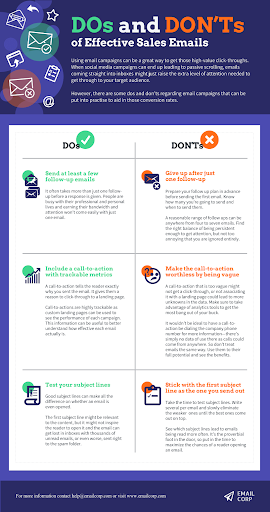We have heard plenty of stories from our friends, colleagues, doctors—the people around us, and on the internet that mental health matters. Most of us know that It is essential for us to be aware and to learn how to respond to bad days. But not everyone in our community knows the benefits of tending one’s psychological health. And sometimes, they need a simple reminder that they should not neglect mental health. With that in mind, you want to give others a fighting chance again with your little ways. In this case, you can share your advocacy through infographics. However, what if your expertise in promoting mental health awareness does not live up to your designing skills? Don’t sweat it. Venngage is a platform that can help you with your design. We have an infographic maker that you can quickly learn.
Along with the guide on creating an infographic for promoting mental health, we will first tackle some of the benefits and importance of infographics. So please scroll down, and let’s get started with your mission to help improve your community’s mental wellbeing!
What is infographic and why use it for mental health awareness?
Infographics are visual representations of data and information, and there are several factors why mental health organizations should prioritize a mental health infographic. Continue reading to find out.
Infographics are visually attractive.
It’s a fact that the human brain can process visual scenes 60,000 times faster than text. So, you’d instead design an appealing canvas rather than type a long content about mental health awareness—if you want your readers to understand your message clearly.
Moreover, by the nature of its format, an infographic usually attracts anyone who encounters it, digital or print. Therefore, with a well-designed piece, you can engage more about your topic with the reader.
Infographics are easy to remember.
Think of it this way. Your audience reads the long-form content of why mental health matters. Do you think your reader can digest every vital information in your content? Or would you instead use infographics to supplement every single valuable detail?
Here’s one thing you can note about an infographic: An infographic can summarize a few thousand words.
They are shareable.
With just a click of the Share button, anyone who thinks the infographic is worthy of sharing can spread the information with other people.
A great way to drive further engagement about your community awareness is to share it on social media sites like Facebook, Twitter, and Instagram. You can also go traditional and print your infographics on quality paper and post it in community halls, train stations, coffee counters, etc.
How to create infographics for mental health campaigns?
Now, let’s get to grips with how to create a compelling infographic using our infographic creator, Venngage.
1.Think of a visual story
A good infographic tells a story. But we’re not saying you should research related narratives about people fighting mental illness.
The catch here is to make your infographic as enjoyable as reading a book. For instance, you want to share the do’s and don’ts with fighting mental illness. So, envision the format of your infographic or how it will look like. You can also follow and use the example template below.

2. Do thorough research for your content.
Since you are taking advantage of the benefits of an infographic, you might as well provide accurate information by nailing your research. Remember, this information will spread across your community, thus, you should give out relevant data.
3. Choose the right font, image, and theme.
When deciding on your visual theme, fonts, and images for your infographic, make sure that it aligns with your content or story. Ideally, the colors in your infographics must not exceed three colors. For fonts, practice a minimalistic approach: Use two fonts and play with the size for emphasis.
4. Use an online free an infographic maker.
This is the most exciting part; designing the infographic yourself. If you want to use free templates, images, and tools, sign up for an account on Venngage. On our platform, you can experience a smooth and easy designing process because everything is in place. You can even customize hundreds of editable templates with icons, charts, images, and so on.
5. Proofread and download your infographic.
For the final step, proofread your content. This is a must.
Before sharing it on social media or printing it, ask someone to give their feedback. This is a good practice to avoid putting your infographic to waste because of typos and errors.
Once every detail in your infographic is checked, you can download the file to your computer. With Venngage, you can choose from JPEG, PNG, and PDF for the type of file to download. All these file types are proven high-quality.
Here’s the bottom line. Infographics are a fantastic format to promote mental illness. Given that there is a pandemic, keep in mind that most people in your community are spending more time on their social media and mobiles. Grab that opportunity and let the infographic remind them why taking care of their mental health is essential.










